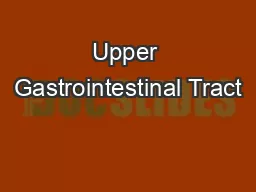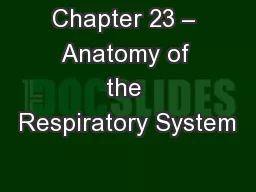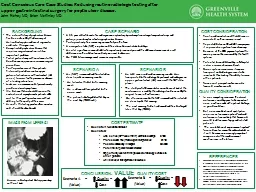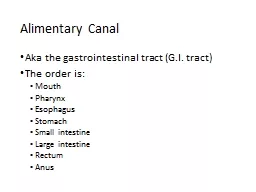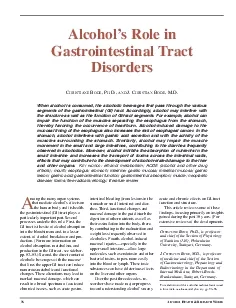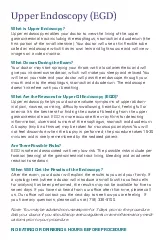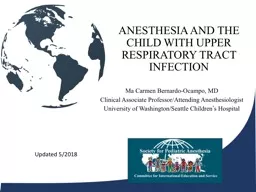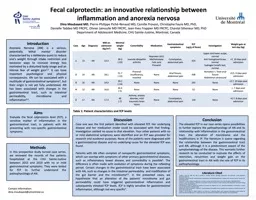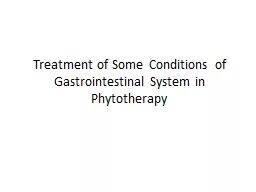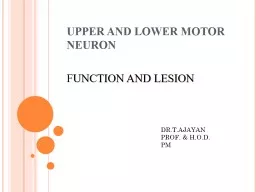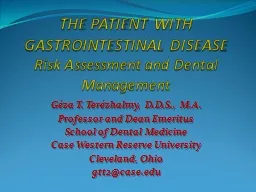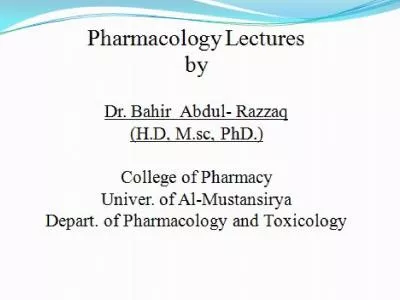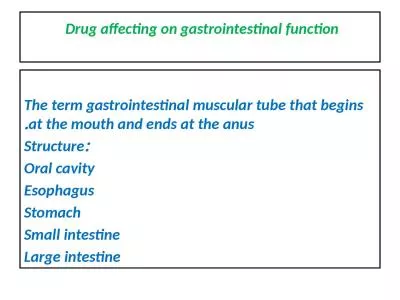PPT-Upper Gastrointestinal Tract
Author : danika-pritchard | Published Date : 2016-02-19
KNH 411 Upper GI AampP Stomach Motility Stomach can stretch up to a liter 2oz32oz Filling storage mixing emptying 50 mL empty stretches to 1000 mL Pyloric
Presentation Embed Code
Download Presentation
Download Presentation The PPT/PDF document "Upper Gastrointestinal Tract" is the property of its rightful owner. Permission is granted to download and print the materials on this website for personal, non-commercial use only, and to display it on your personal computer provided you do not modify the materials and that you retain all copyright notices contained in the materials. By downloading content from our website, you accept the terms of this agreement.
Upper Gastrointestinal Tract: Transcript
Download Rules Of Document
"Upper Gastrointestinal Tract"The content belongs to its owner. You may download and print it for personal use, without modification, and keep all copyright notices. By downloading, you agree to these terms.
Related Documents

